 Not another AR-related gun and gear review? I know what you’re thinking, but I assure you that TTAG has not been hijacked by the AR Fanboy Club. (Anyone familiar with my AR-related posts knows that’s one club I haven’t yet joined.) We’ve got no agenda when it comes to gear here; we test what we get, and we call ’em like we see ’em. It’s just a coincidence that we’ve just been busy as bees testing the AR-related paraphernalia that’s been coming our way. There’s a lot of it out there…
Not another AR-related gun and gear review? I know what you’re thinking, but I assure you that TTAG has not been hijacked by the AR Fanboy Club. (Anyone familiar with my AR-related posts knows that’s one club I haven’t yet joined.) We’ve got no agenda when it comes to gear here; we test what we get, and we call ’em like we see ’em. It’s just a coincidence that we’ve just been busy as bees testing the AR-related paraphernalia that’s been coming our way. There’s a lot of it out there…
The same day I read Leghorn’s review of the X-Treme Shooting 2-Stage AR trigger, I received a 2-stage AR trigger kit from Armalite. Your correspondent has been badly in need of a safe and legal AR trigger ever since the craptastic trigger on my equally sucktacular ATI VK-22 rifle went rogue on me and started generously firing more than one round of ammo for each pull of the trigger. ‘Huh?’ became ‘Uh-oh’ and eventually ‘Oh, nuts’ as its illegality became apparent.
Looking for a new AR trigger, I chose ArmaLite because of the excellent trigger on the entry-level M-15 A4 carbine I reviewed earlier this year. ArmaLite is a big believer in 2-stage triggers, and all of their AR-pattern rifles ship with them installed. As Nick Leghorn recently noted, 2-stage triggers are common in National Match shooting because they offer a more predictable trigger breaking point than even the best 1-stage trigger and thus, slightly better practical accuracy.
One man’s virtue is another man’s vice, however, and 2-stage triggers are seldom used in run-and-gun action shooting because they’re not quite as fast as a good 1-stage trigger. After 400 rounds with this 2-stage trigger, I understand why. (Note to self: attempt to bump-fire 2-stage trigger next time?)
Overview
 The Armalite 2-stage trigger assembly is a drop-in parts kit ($97) that replaces all of an AR-15 or AR-10’s fire control parts with the exception of the safety selector. A new trigger and hammer, all springs and retaining clips, and both pins are included. The final trigger pull is adjustable in approximately 1-pound increments, by repositioning the spring that loops around behind the disconnector. I left it in the default (middle) position for installation, but I’ll probably be moving it to the lightest position once it seems fully broken in.
The Armalite 2-stage trigger assembly is a drop-in parts kit ($97) that replaces all of an AR-15 or AR-10’s fire control parts with the exception of the safety selector. A new trigger and hammer, all springs and retaining clips, and both pins are included. The final trigger pull is adjustable in approximately 1-pound increments, by repositioning the spring that loops around behind the disconnector. I left it in the default (middle) position for installation, but I’ll probably be moving it to the lightest position once it seems fully broken in.
Installation
After the VK-22’s ‘Misadventures In Full-Auto’ debacle, I got to be pretty good at removing and replacing AR trigger assemblies. Having a proper-diameter punch is a huge help, and luckily I’d just bought a set of punches at Harbor Freight for three bucks.
 If you don’t have a punch or dowel of the proper diameter, muscling the trigger and hammer down into position atop their compressed springs can be a three-handed piano concerto. The punch frees up one of your hands and makes the process much simpler.
If you don’t have a punch or dowel of the proper diameter, muscling the trigger and hammer down into position atop their compressed springs can be a three-handed piano concerto. The punch frees up one of your hands and makes the process much simpler.
I’ll spare you a full description of the removal and installation process this time, but I will point out that it’s really important to position the hammer spring legs at the very outside of the trigger pin to prevent the pin from ‘walking’ out of the receiver and out of your life, causing a catastrophic malfunction and possibly permanent damage to the rifle.
 Pay similar attention to the hammer pin retainer clip. Different AR trigger designs use different hammer pin retainers, and the AR Tactical 2-Stage Trigger uses a tiny little bugger whose purpose and positioning aren’t immediately obvious even after you’ve read the directions. It’s that tiny metal ring just above my thumbnail, shaped like a backwards ‘D’, and you have to position it just as pictured while you slip the hammer and springs inside the receiver and force them into place.
Pay similar attention to the hammer pin retainer clip. Different AR trigger designs use different hammer pin retainers, and the AR Tactical 2-Stage Trigger uses a tiny little bugger whose purpose and positioning aren’t immediately obvious even after you’ve read the directions. It’s that tiny metal ring just above my thumbnail, shaped like a backwards ‘D’, and you have to position it just as pictured while you slip the hammer and springs inside the receiver and force them into place.
Most hammer pin retaining clips are captive so they can’t get lost during disassembly, but the ArmaLite’s is not. If you lose that tiny D-clip you’ll have an unusable rifle, or at best very ugly one, temporarily held together with duct tape. It would be thoughtful of ArmaLite to include one or two extra clips with the kit, but they don’t. I think most shooters would be happy to pay an extra buck for a few extra D-clips up front, knowing that it would save them weeks of delay getting their gun back up and running. But I digress…
How much of a PITA is the total trigger installation procedure? Your mileage may vary, but I got it done in just under an hour. It’s not a difficult procedure, but it’s important to read the directions, work carefully and have a clean workspace so you can find the tiny parts you’ll inevitably end up dropping.
Safety Testing
It’s not too often that a non-gunsmith replaces a firearm’s trigger and safety mechanism. When the process is relatively simple (like AR triggers are) it might be easy to forget that the trigger and safety are the only things that keep a loaded rifle from firing. The trigger and safety are, well, safety-critical parts; you’ve got to test the bejeesus out of them before you trust the gun with a single round of live ammo.
After installing the trigger and reassembling the rifle, you’ll dry-test the safety to make sure the hammer can’t drop while the safety is engaged. You’ll also test the trigger and sear by thumping the (empty) cocked gun on a hard surface: if you can make the hammer fall by banging the gun, you need to take it apart and start over. If that doesn’t fix it, you need to send the parts back.
The final (empty) safety test requires dropping the hammer and holding the trigger back while you pull and release the charging handle to simulate a cycling of the action. When you release (reset) the trigger, listen carefully for the sound of the hammer dropping on the empty chamber. If that hammer drops before you pull the trigger you’ve got a problem, Houston: your gun will either double-fire or go full-auto. Remove all the fire-control parts and start over. Return the parts if the problem persists.
Test-Firing
When you shoot any repaired or modified gun for the first time (we’re talking major repairs and mods, not a new recoil pad or sling swivel), it’s a good idea to only load and fire a single round of ammo at a time. Particularly if it’s a semi-automatic, you just can’t trust it with a full magazine until you know it’s functioning properly. A chain-firing .22 rifle like the VK-22 might not be too frightening (ooh, the recoil!) but a 7.62mm battle rifle in uncontrollable full-auto with 20 rounds in the hopper is a tragedy waiting to happen.
Even though I was only shooting .22s, I followed this safety protocol after I installed this trigger. The trigger worked perfectly the whole time, and then we shot about 400 rounds before we called it a day.
Okay, I’m being too nice. We didn’t ‘call it a day’ until the VK-22 inflicted a cascade of mission-critical malfunctions on Joe Grine and myself, including a lost recoil spring guide clip and an AR buffer that jumped its pin and jammed forward into the upper receiver rendering disassembly impossible without tools. This is why the VK-22 is such a good test bed for new and higher-quality AR components: anything you put into is vastly better than its shoddy original parts. But I don’t want to damn the ArmaLite trigger with faint praise, so…
Shooting Impressions
Despite everything (bad) that seems to happen when we take the VK-22 out for a spin, the ArmaLite 2-stage trigger worked like a charm. It was safe, comfortable and predictable and lent itself to some wicked fun, helping us put dozens of rapid-fire hits on Joe’s small ‘Swinging Squirrel’ reactive targets at 25 yards or so.
The ‘takeup’ first stage is very light and short: maybe 4mm and 2-2.5 pounds. It’s so light and short that I couldn’t get a consistent measurement of its pull weight with my trigger gauge. The second stage has about 1mm of travel before the trigger breaks, and there’s a very small (1mm or less) but perceptible bit of overtravel. This final stage is reasonably smooth on my sample trigger, but not perfectly so: it has a very slight gritty feel. The trigger reset is shorter than the long-ish takeup phase (i.e., you don’t need to reset the trigger all the way forward) but the reset point is still a bit forward of the breaking point.
With a good single-stage trigger you can ‘ride’ the reset point and breaking point for some really rapid firing. The FN-SCAR is set up just perfectly for this kind of fun, but that’s not the way the ArmaLite’s 2-stage trigger rolls. When I get a 5.56 upper for the rifle I’ll try the (obligatory) bump-firing mag dump just to see if the trigger can do it, but I kind of doubt it’s possible.
I don’t know whether to blame the slightly gritty feeling on the (not-quite-broken-in) trigger itself, or on the industrial quantities of .22 rimfire powder crud that invaded every nook and cranny of my lower receiver. Since blasting through almost a brick of bulk-pack Federal .22s, everything about the gun feels gritty and nasty, even the takedown pins, and the trigger is no exception.
Immediately after installation, the second stage broke at exactly seven pounds: if that sounds too heavy for an AR trigger, it is. Hundreds of dry-firings and 400 rounds of ammo later, the trigger pull settled down and lightened to exactly six pounds. This is still heavier than I like, and heavier than the 5 pound pull that Armalite advertises. For comparison, the Tapco G2 trigger on myAK-74 breaks at six pounds even, and the excellent M-15 trigger I shot back in March broke cleanly at five. I’ll probably end up lightening the trigger pull after I’ve run another brick of ammo through it.
But Wait, There’s More!
The ‘Tactical’ grade Armalite 2-stage trigger is good, but it’s not their top of the line. If you want all the adjustable-pull goodness of the entry-level trigger but demand a smoother and more refined pull, you can lay down another fifty Simoleons for their hand-polished, gunsmith-lapped ‘National Match’ 2-stage trigger. If it’s as solid as this trigger and buttery smooth to boot, I’m sure I’d love it.
Conclusion
The ArmaLite Tactical 2-Stage trigger is a high-quality AR trigger. It doesn’t cost much more than the miserable lowest-cost trigger kits (often made by DPMS) that many entry-level ARs are built with, and your extra money buys you both a cleaner (2-stage) pull and an adjustable final weight. It’s solid and affordable and adjustable. It’s not perfect, but perfection costs $200 and more; just ask Leghorn.
I wouldn’t put it in a heavily-customized 3-gun competition carbine or a top-end National Match rifle, but I would definitely recommend this trigger for anyone building their own general-purpose AR-15. If your AR has a spongy, uncomfortable or unsafe trigger, this ArmaLite replacement is hard to beat.
SPECIFICATIONS
Trigger type: 2-stage adjustable.
Pull weight: 6 pounds, adjustable by approximately 1 pound up or down.
Price: $97 (National Match hand-fitted version: $145)
RATINGS (out of five)
Ease of Installation * * *
It’s not cardio-thoracic surgery, but use the right punches and watch out for that tiny D-clip.
Feel & Function * * * 1/2
It’s not perfectly smooth or crisp, but it’s clean and predictable and reliable. And adjustable.
Overall rating * * * *
A huge improvement over the features and quality of most entry-level AR triggers, and a bargain at less than $100.

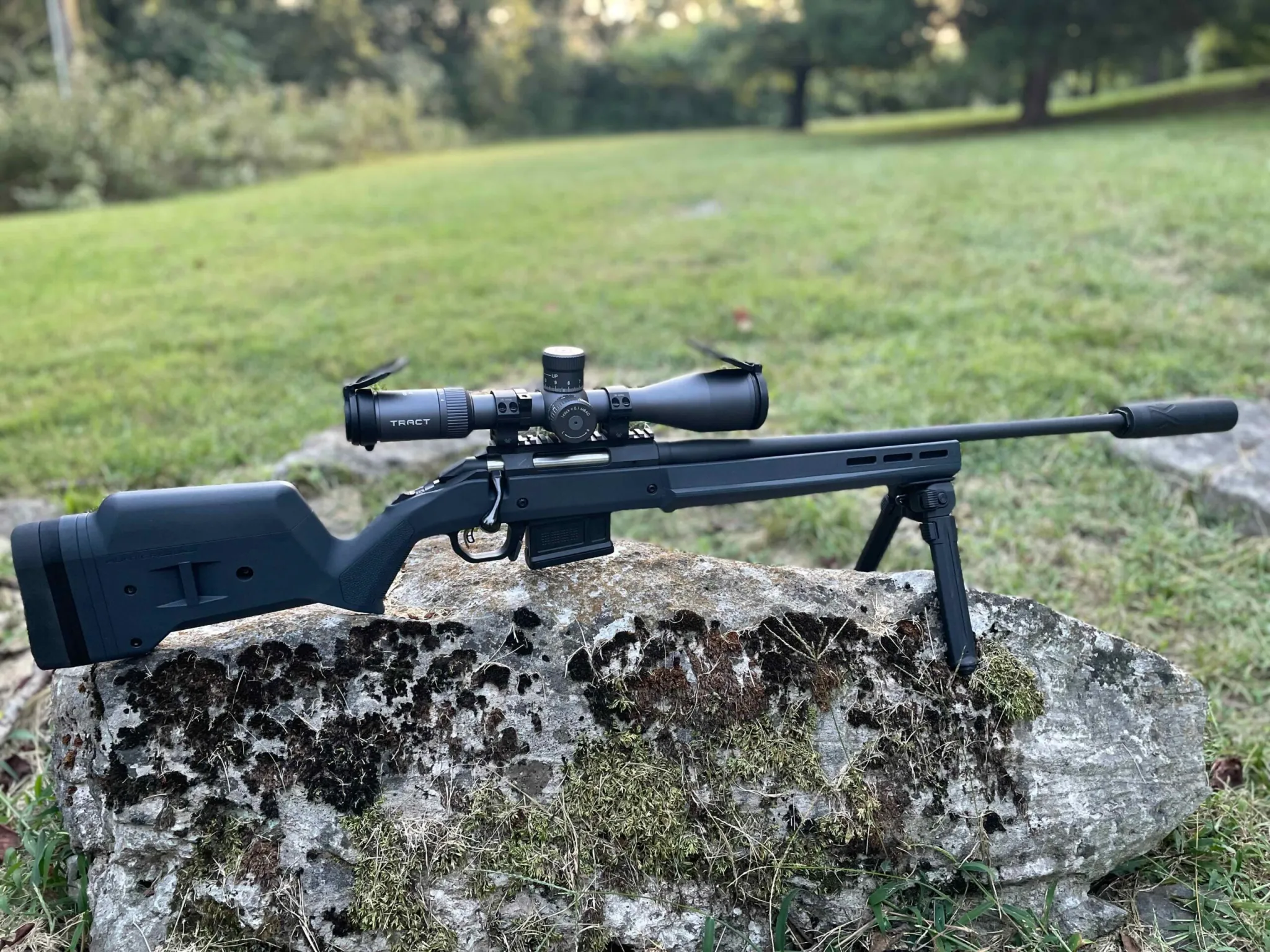
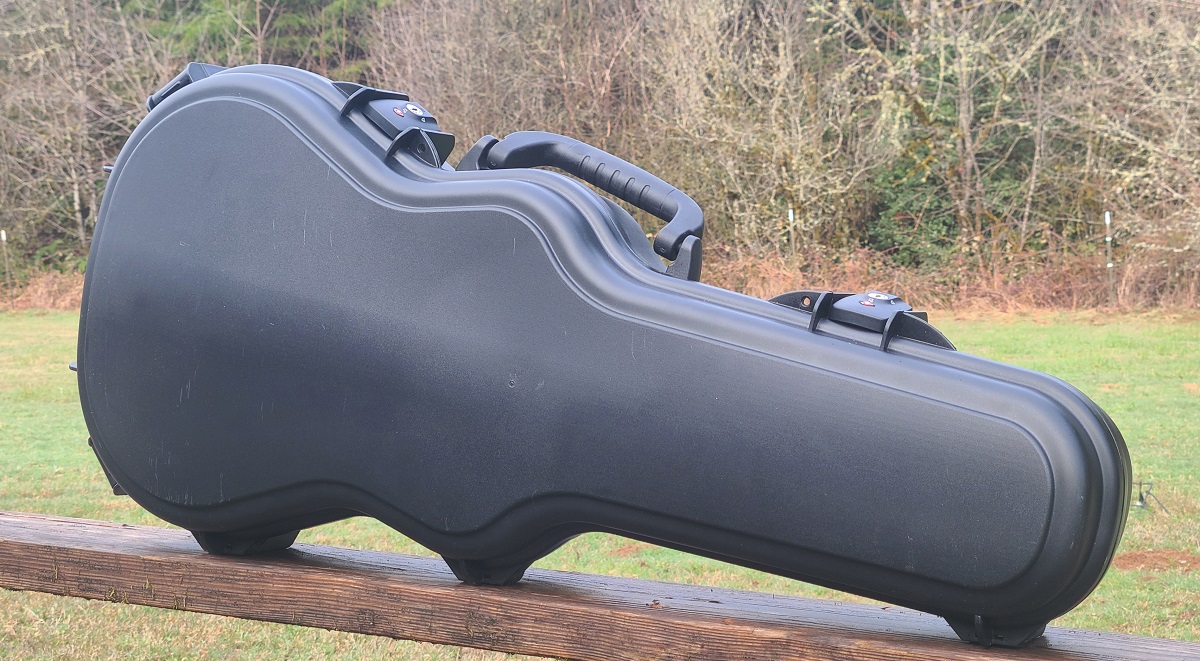
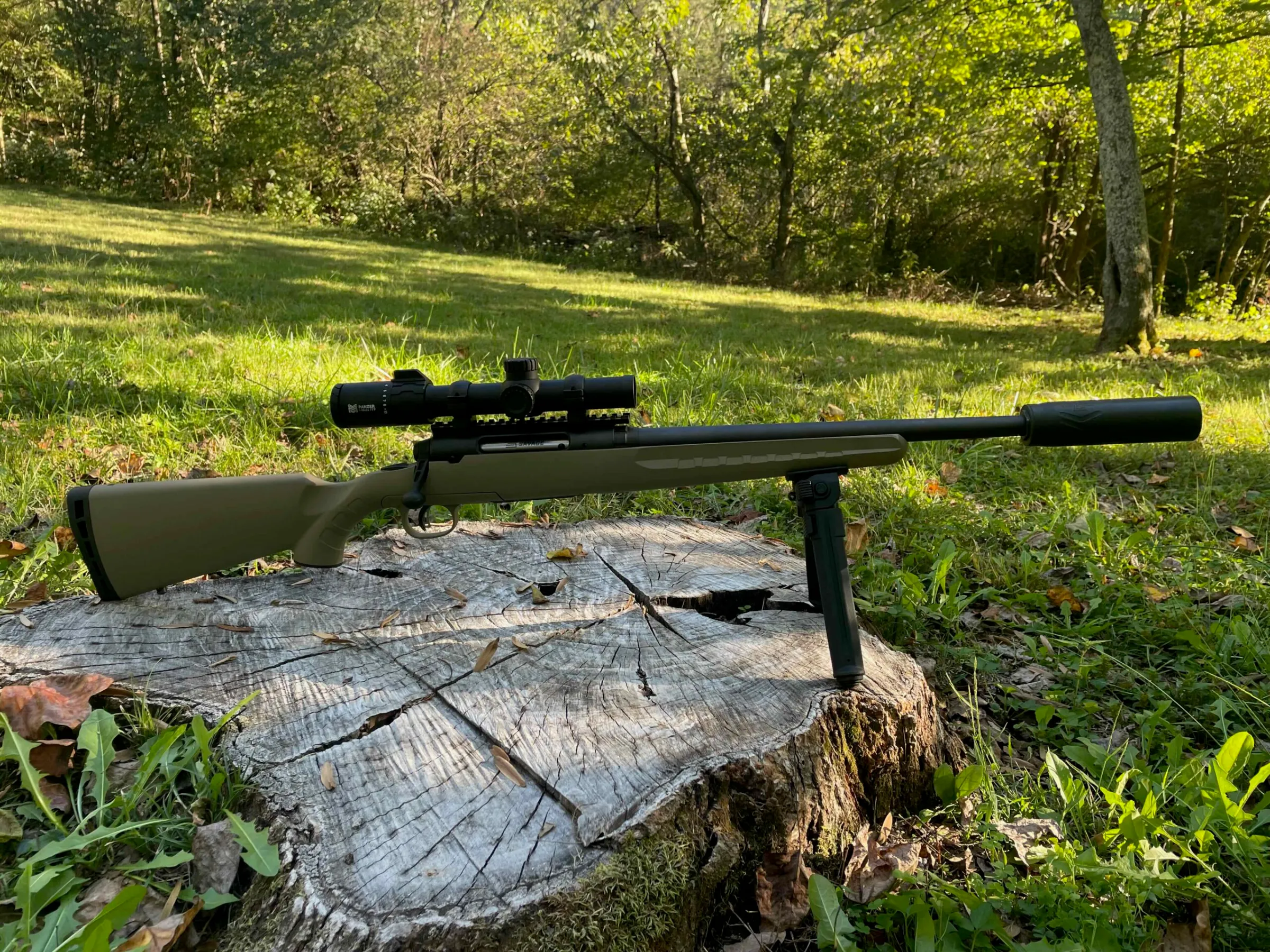
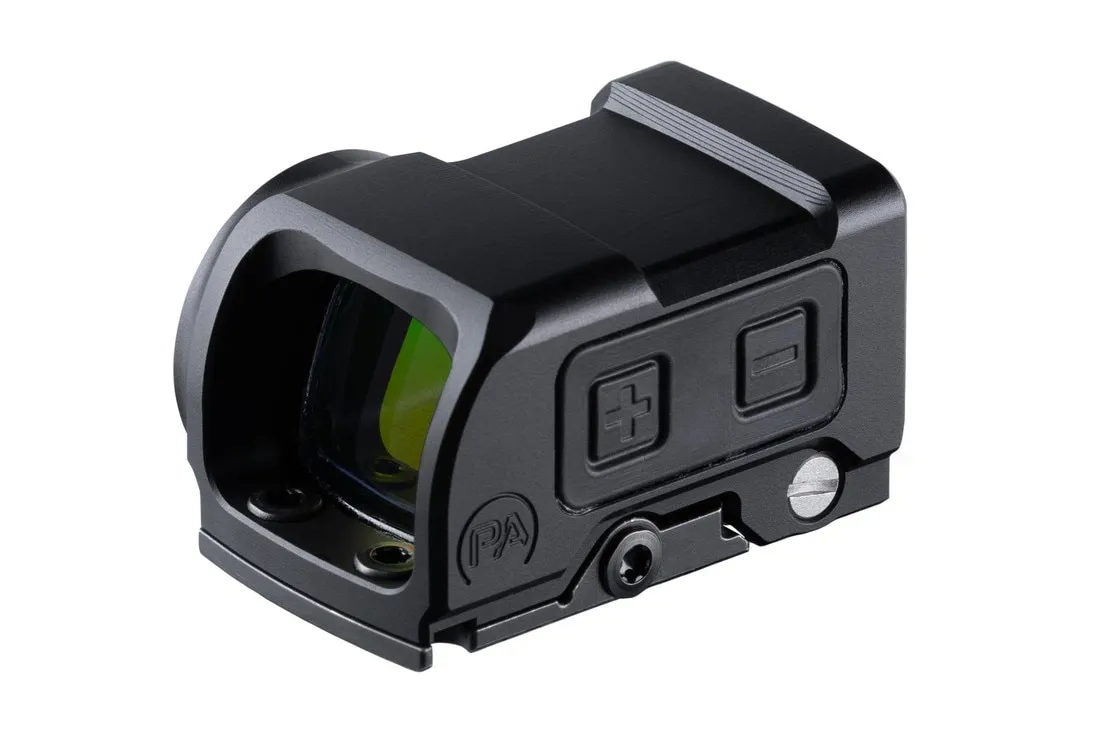

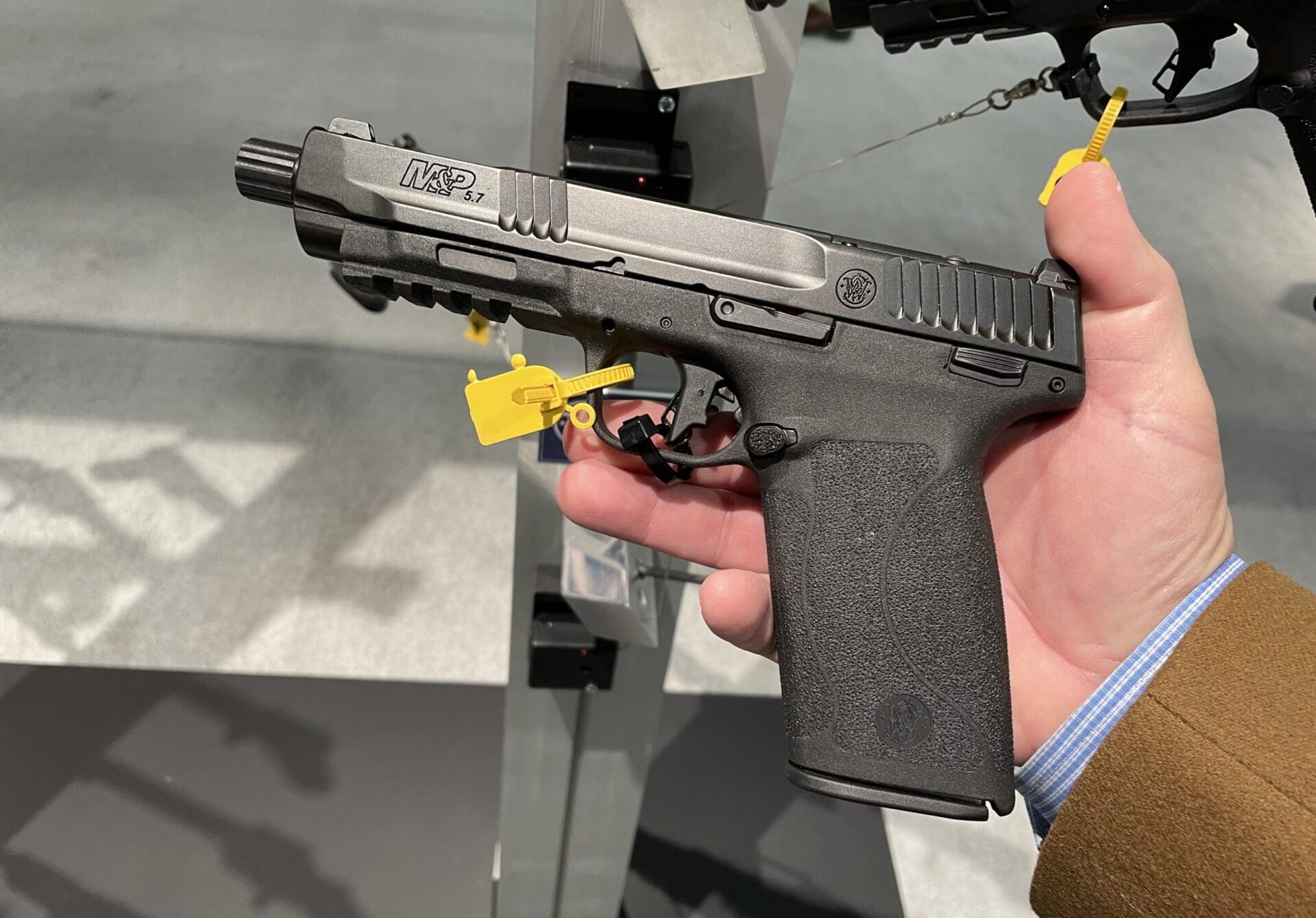

Armalite makes the best general purpose AR trigger out there, and has for many years. The geometry is very similar to an M1 Garand/M1A trigger, which is probably why it’s so popular with the NM shooters. Those rifles definitely proved themselves in the field, and Armalite’s version of that trigger for the AR-15 has been just as reliable for me. One goes in every AR I build. I do recommend the slicked up NM model for long-range guns, but for only $100 this model is a must-have upgrade for any truck gun, home defense carbine, or plinker.
IMHO the best general purpose trigger out there is the Standard Military trigger with the minimal trigger job that you would get from for example Bill Springfield. Single stage 4.5lbs break with short reset, all with the reliable military hammer, trigger and disconnector for only $39. The Armalite 2 stage is very slow and long to reset, and is a disadvantage in fast fire. The benefit of the 2 stage is seen in precision fire, and a standard grade AR at 1.0-1.5MOA is not accurate enough to take advantage of the 2 stage trigger. The original Armalite 2 stage triggers had a poor record of reliablity, perhaps this design is better.
One point I didn’t notice being made was that both the tactical and NM triggers from Armalite have adjustable pull weights. It is easy to do because all you have to do is adjust how the spring engages the trigger. This will allow about 1 to 1 1/2 pounds of pull weight.